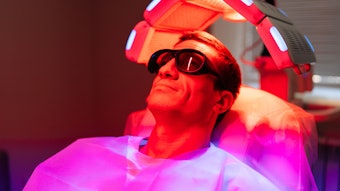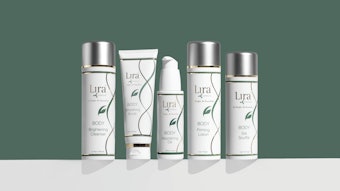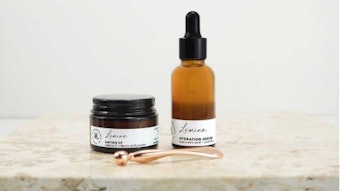
Sunlight is composed of a wide spectrum of light. Certain spectrums, such as ultraviolet A and B, are harmful to our skin. Excessive exposure to UV rays can damage our skin, resulting in sunburn. While most of us are familiar with sunburns, not everyone understands the risks of sun poisoning.
What Is Sun Poisoning?
Sun poisoning is a non-scientific term often referring to severe cases of sunburn, and can significantly increase a person’s risk of developing skin cancer. In the case of sun poisoning, a person may develop redness, swelling and large blisters on their skin. A person may also experience headaches, fevers, nausea and dehydration.
Studies have shown that even just one episode of blistering sunburn during childhood may increase the risk of developing melanoma by almost twofold.
These signs of sun poisoning should prompt strict avoidance of further sun exposure and immediate medical care.
The Lasting Effects of Sun Poisoning
If recognized early, sun poisoning is treatable. Unfortunately, having recurring episodes significantly increases a person’s risk of skin cancer later in his or her life.
Five or more blistering sunburns during one’s adult life may increase the risk of both melanoma and non-melanoma skin cancers by over 60%.
Studies have shown that even just one episode of blistering sunburn during childhood may increase the risk of developing melanoma, the most deadly form of skin cancer, by almost twofold. Five or more blistering sunburns during one’s adult life may increase the risk of both melanoma and non-melanoma skin cancers by over 60%.
Skin Protection Tips
Diligent sun protection can prevent sun poisoning and thus reduce a person’s risk of developing skin cancer. Your clients should seek shade when possible and avoid direct sunlight between 10 a.m. to 2 p.m.
Long sleeve shirts and pants provide an excellent physical barrier from UV radiation. Regular application of sunscreen with SPF 30 or above on exposed skin also provides protection and thus reduce skin cancer risk.










